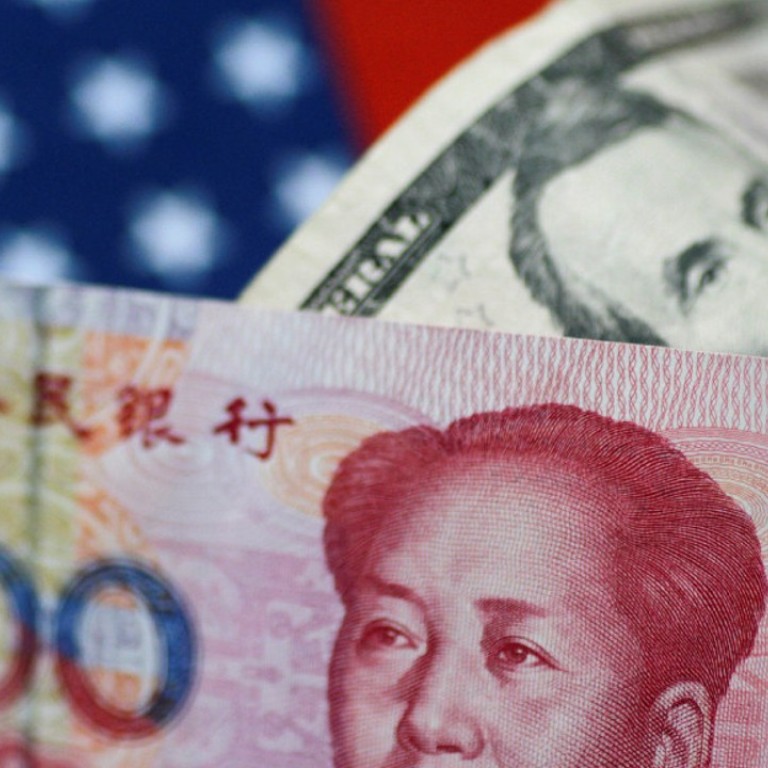
‘A yuan should be a yuan’, deputy head of China’s foreign exchange regulator says
Having a single value for the currency could help resolve problem of massive capital flows, Lu Lei says
There should be no difference in the trading price of the yuan in offshore and onshore markets, a senior official from China’s foreign exchange regulator said on Wednesday.
“In an ideal situation, there should be only one unified yuan price in the global markets,” Lu Lei, the newly appointed deputy head of the State Administration of Foreign Exchange, told a forum in Beijing.
The former head of the financial stability bureau at the People’s Bank of China said the yuan “can be traded in different places in different time zones, but the trading parties should be the same and there should be no gaps between onshore and offshore prices”.

As a result, there should be fewer speculative capital flows as investors try to profit from the gaps, he said.
Lu did not propose a timetable for the consolidation of the two yuan trading markets, and made it clear that he was not speaking on behalf of the SAFE.
His comments were, however, reminiscent of an article written more than 50 years ago by US economist Milton Friedman. In “A Dollar is A Dollar”, which was published in Newsweek magazine on May 15, 1967, he argued that the US should give up the gold standard and “set the dollar free and let its price in terms of other currencies be determined by private dealings”.
While trading in the yuan “onshore” is strictly managed by the Chinese government, the currency is allowed trade freely in “offshore” markets.
On Wednesday, for example, the spread between the onshore yuan price, or CNY, and the offshore yuan price in Hong Kong, or CNH, was about 20 basis points. In late 2015 and early 2016, the gap peaked at almost 1,000 basis points. At that time, there were strong expectations in the offshore market of a yuan depreciation, so the central bank resorted to heavy intervention in the onshore market to support its value.
A wide spread between the onshore and offshore market values usually results in a massive flow of funds into or out of China’s mainland as speculators seek to profit from the discrepancy.
Li Yang, a senior researcher with the Chinese Academy of Social Sciences, which organised Wednesday’s forum, said that the offshore yuan market “challenged the authority” of China’s government as Beijing could not control it in the way it could with onshore trading.
Lu said that one-way bets on the yuan’s value had created problems for Beijing.
“In the past six months to a year, we’ve clearly seen the impact of one-way expectations,” he said. “The yuan was under pressure of depreciation [last year], but in the first half of 2017 it appreciated noticeably against other currencies.”
He said it was possible that a mechanism for managing major fluctuations in the yuan’s exchange rate was necessary, but added that it was becoming increasingly difficult to control due to the growing number of factors affecting it.

